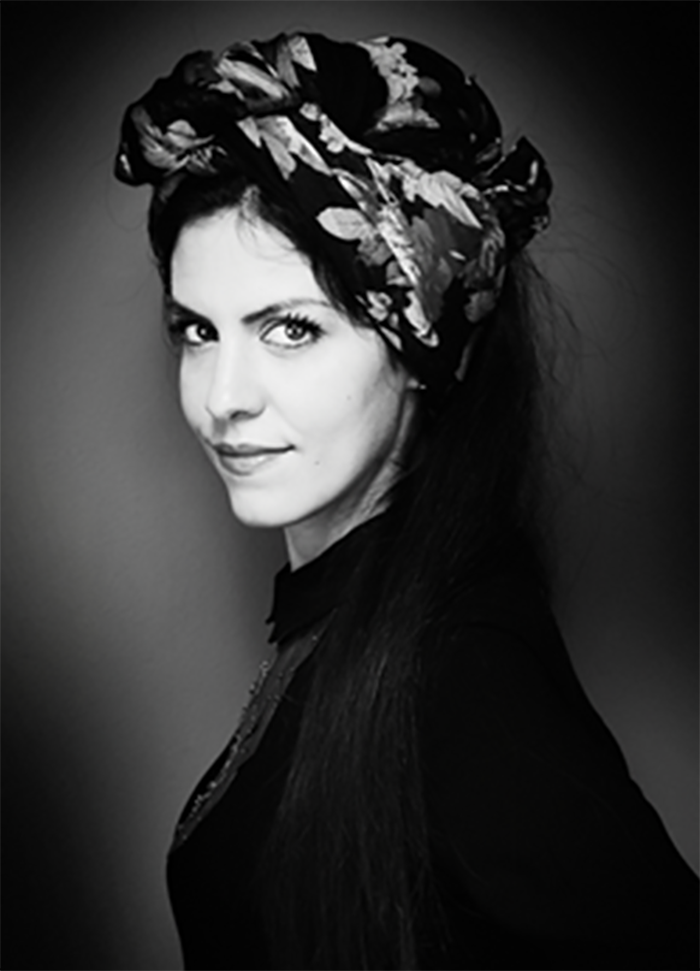This article will continue our deep dive into the new Natuzzi collection Circle of Harmony: Live the Transition, a collection inspired by the world adapting to new norms and based on Mediterranean culture, colors, feel and ambiance, focusing on the Posidonia Collection by Elena Salmistraro.

Product designer and artist, Elena Salmistraro lives and works in Milan. Having graduated first in Fashion design and successively in Product Design from Polytechnic University of Milan in 2008, together with her husband, the architect Angelo Stoli, she founded her own studio in 2009, where she has been working on architectural and design projects.
She works as a designer and artist/illustrator for the leading companies in the creative industry, including Apple, Disney, Vitra, Lavazza to name a few.
Elena is the creator of a highly distinctive style that is unique in its type, and is interested in the development of a work that crosses between illustration, design and visual arts. Through this style she tends to define a highly energetic communicative code that stimulates emotions and sensitivity, as well as the interplay of shapes and volumes, materials and colours that blur the line between tradition and innovation.

Posidonia Collection
From a design standpoint Posidonia is a collection full of stories, sensations and visions, which, from its very name, proclaims its bond with the sea, which has always been a vital element, a symbol of freedom and a desire to travel, explore and discover.
The collection’s common thread lies in the playful aesthetics of the Mediterranean Sea that frames Puglia.
This poetic vision is interwoven with functional thinking that stems from Natuzzi
Italia’s desire to always combine aesthetics with function. This is especially true when we consider the fact that adaptability is a main theme in the Live the transition collection tethering the new pieces to new requirements for multifunctional spaces.


COMMENTS